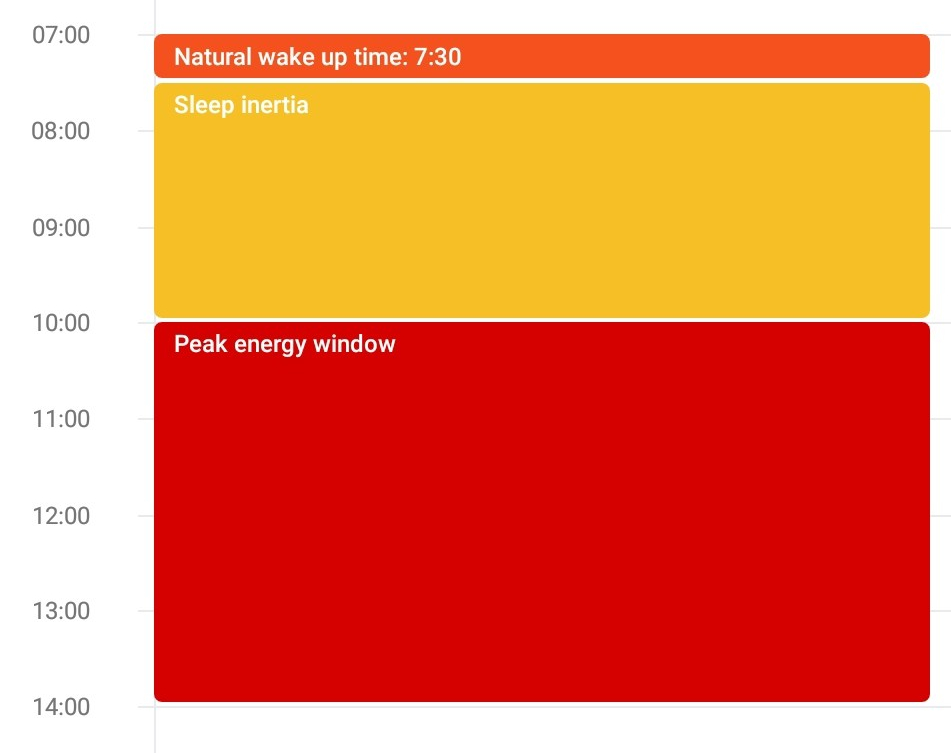The main strategies for habit formation are implementation intentions, habit stacking, and environment design.
In his book Atomic Habits, James Clear discusses the basics of habit formation as well some more advanced techniques. There are three main habit formation strategies he outlines.
1. Implementation intentions
Having an implementation intention refers to making a plan for when you will do a certain action.
“When situation X arises, I will perform action Y.”
For instance, “On Tuesdays at 15:00, I will go swimming for 1 hour.”
Or, “When I wake up, “I will meditate for 10 minutes.”
This is one of the most researched types of habit formation. Numerous studies show that people who have specific plans for when to do an action are much more likely to carry out that action than people who only have a vague intention to do so (thus, implementation intentions).
This also refers to the simple recommendation of putting the activity on your calendar. This is why fitness instructors, music teachers, and other types of coaches often say, “Make a date with yourself for when you will do the activity. And then keep the appointment.”
2. Habit stacking
Habit stacking is a similar but slightly different idea. The idea is to pair an activity you’d like to do with an activity you already do. For instance:
“When I get home from work, I will play the piano for 5 minutes.” You get home from work every workday, so it’s an easy trigger to get you to play the piano.
“While I brush my teeth, I will think about 3 things I’m grateful for today.” You brush your teeth anyway, so you might as well pair it with an activity you’d like to do, in this case incorporating gratitude into your life.
The key is that the trigger activity needs to be something that is already set in your routine, meaning that you do it on most days. And then the activity you pair with it (the one you’d like to add) needs to be something small and manageable. Playing the piano for 5 minutes is easy to fit into your routine; playing it for 1 hour is not.
3. Environment design
Very often we carry out certain actions because the environment triggers us and not because we choose to. This is often discussed in relation to healthy eating. If there is junk food in your house or in your office, you are more likely to eat it. If water is being sold in a cafeteria, people are more likely to buy it. If you put your guitar in an easy-to-see place, you are more likely to play it.
Try to design your environment as much as possible to fit the behaviors you’d like to engage in. If you’d like to eat more healthy foods, keep those types of foods in your house and throw away junk food. Or at least put healthy foods in visible and accessible places and place junk food in an out-of-reach drawer.
If you’d like to drink more water, place a glass or bottle of water in front of you. If you’d like to play the guitar more, put it in a prominent location in your living room. If you’d like to read more, place a book on your living room table or next to your bed.
Similarly, at work, if you’d like to avoid being distracted by your phone, put in a hard-to-reach drawer or on top of a high shelf. If you’d like to avoid being distracted by people walking by, turn your desk to face the window or the wall. If you’d like to drink more tea than coffee, place some nice teas on your desk.
Have you used one of these techniques to transform your habits? What works best for you: implementation intentions, habit stacking, or environment design? Let me know by commenting below or on Facebook, Twitter, or LinkedIn.


